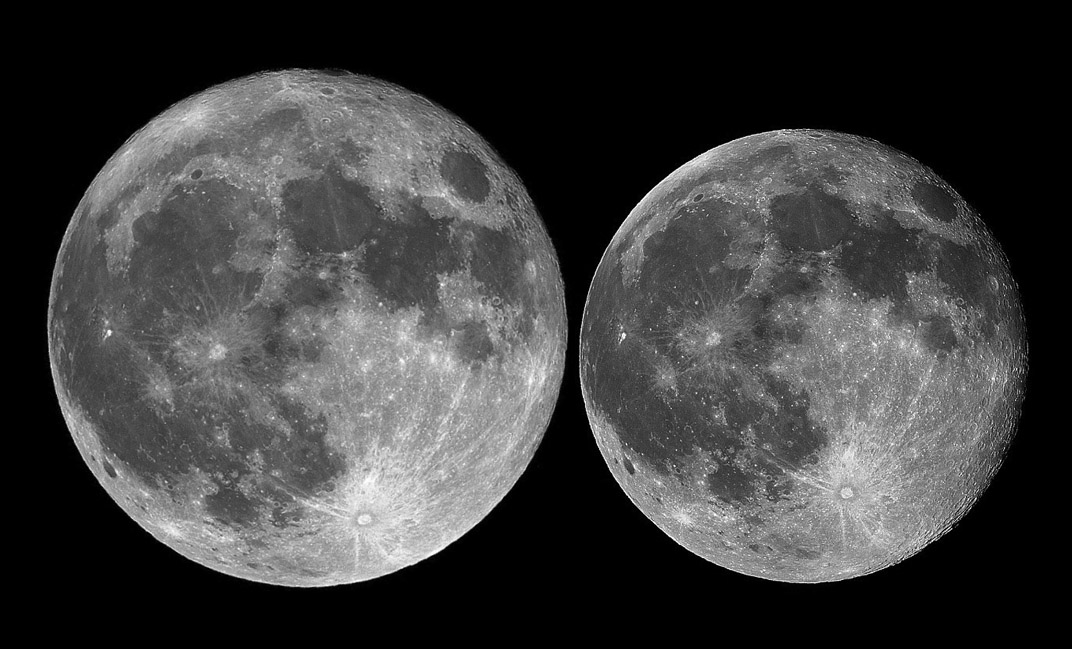Difference between revisions of "October 25, 2011"
| Line 1: | Line 1: | ||
__NOTOC__ | __NOTOC__ | ||
=Big & Little= | =Big & Little= | ||
| + | <!-- Start of content --> | ||
<!-- ws:start:WikiTextHeadingRule:0:<h1> --> | <!-- ws:start:WikiTextHeadingRule:0:<h1> --> | ||
<!-- ws:start:WikiTextLocalImageRule:6:<img src="/file/view/LPOD-Oct25-11.jpg/268153208/LPOD-Oct25-11.jpg" alt="" title="" /> -->[[File:LPOD-Oct25-11.jpg|LPOD-Oct25-11.jpg]]<!-- ws:end:WikiTextLocalImageRule:6 --><br /> | <!-- ws:start:WikiTextLocalImageRule:6:<img src="/file/view/LPOD-Oct25-11.jpg/268153208/LPOD-Oct25-11.jpg" alt="" title="" /> -->[[File:LPOD-Oct25-11.jpg|LPOD-Oct25-11.jpg]]<!-- ws:end:WikiTextLocalImageRule:6 --><br /> | ||
| Line 15: | Line 16: | ||
<p><b>Tomorrow's LPOD:</b> [[October 26, 2011|Zone of Avoidance Rays]] </p> | <p><b>Tomorrow's LPOD:</b> [[October 26, 2011|Zone of Avoidance Rays]] </p> | ||
<hr /> | <hr /> | ||
| + | {{wiki/ArticleFooter}} | ||
Latest revision as of 13:46, 8 February 2015
Big & Little

image by Ricardo José Vaz Tolentino, Brazil
The Moon gets big and the Moon gets small, but it is surprising how large the variation is. Because we don't see two moons side by side we fail to notice the gradual changes in size. But the relatively large eccentricity of 5.5%, augmented by solar tides at full Moon, causes the Moon to swing though periodic changes in size like a binge dieter. Librations add another variable, so each big Moon, and small one too, is different.
Chuck Wood
Technical Details
Perigee (03/19/2011; 23:39 UT), and the Moon about 17 hours after the Apogee (10/13/2011; 05:14 UT - about 27 hours after Full phase.
Yesterday's LPOD: Tele And Wide Views
Tomorrow's LPOD: Zone of Avoidance Rays
COMMENTS?
Register, Log in, and join in the comments.



